In the heart of England, where the rolling hills and ancient woodlands whisper tales of old, there lies a place of profound beauty and historical significance. Kingley Vale, with its ancient yew trees, is a sanctuary where time seems to stand still. These venerable trees, standing as silent sentinels, are not merely part of the landscape; they are the landscape, their gnarled and twisted forms a testament to the passage of centuries. Some of these yew trees are believed to be over 2,000 years old, making them among the oldest living organisms in Britain. They are the timeless guardians of Kingley Vale, bearing witness to the ebb and flow of human history and the enduring power of nature.
The Ancient Yew Trees: Nature's Timekeepers
Yew trees have long been revered for their longevity and resilience. Their ability to survive for millennia makes them natural timekeepers, chronicling the changes that have swept across the land. The yew trees of Kingley Vale are no exception. Their twisted branches and gnarled trunks tell stories of ancient storms, shifting climates, and the relentless march of time. Each tree is a living archive, preserving the memories of countless generations.
The eerie, almost grotesque appearance of these yew trees evokes the dark forests of Gothic fairy tales, where shadows dance and secrets lurk. Their dense foliage and intricate root systems create an otherworldly atmosphere, as if the trees themselves are guarding ancient secrets. It is no wonder that these trees have inspired countless legends and myths over the centuries. In many cultures, yew trees are associated with death and rebirth, symbolizing the cyclical nature of life. Their evergreen leaves and ability to regenerate from their own fallen branches add to their mystique.
A Rare Remnant of a Bygone Era
The yew trees of Kingley Vale are not just natural wonders; they are also a rare remnant of a bygone era. In the 15th century, yew tree groves across Britain were decimated for their wood, which was highly prized for crafting longbows. These powerful weapons played a crucial role in medieval warfare, and the demand for yew wood was so high that entire forests were felled. The stand of yew trees at Kingley Vale, however, managed to survive this period of destruction, making it a unique and precious relic of the past.
Today, these ancient trees stand as a living link to history, connecting us to the people and events that shaped our world. They remind us of a time when forests were vast and untouched, and the natural world was a source of both awe and mystery. The yew trees of Kingley Vale are a tangible reminder of the resilience of nature and the enduring legacy of the past.
The Historical Significance of Kingley Vale
Kingley Vale is not just a place of natural beauty; it is also steeped in history. The area has been inhabited for thousands of years, with evidence of human activity dating back to the Neolithic period. The ancient yew trees have witnessed countless generations of people coming and going, each leaving their mark on the landscape. Over the centuries, Kingley Vale has been a site of worship, a source of inspiration for poets and artists, and a place of refuge for those seeking solace in nature.
The yew trees themselves have played a significant role in the cultural and spiritual life of the region. In many ancient cultures, yew trees were considered sacred and were often associated with the spirits of the dead. They were planted in churchyards and used in rituals, symbolizing the eternal cycle of life and death. The yew trees of Kingley Vale, with their ancient and mystical presence, continue to inspire a sense of reverence and awe in those who visit them.
Conservation and Preservation
The yew trees of Kingley Vale are not just a historical treasure; they are also an ecological marvel. These ancient trees provide a unique habitat for a variety of plant and animal species, many of which are rare or endangered. Their dense foliage and intricate root systems create a microclimate that supports a rich diversity of life, from mosses and lichens to birds and small mammals.
Recognizing the importance of these trees, conservation efforts have been put in place to protect them for future generations. The National Trust, which manages Kingley Vale, has implemented measures to ensure the health and longevity of the yew trees. These efforts include monitoring the trees for signs of disease, controlling invasive species, and promoting sustainable tourism practices. By preserving these ancient trees, we are not only protecting a natural wonder but also safeguarding a vital part of our cultural and ecological heritage.
A Source of Inspiration and Reflection
The yew trees of Kingley Vale are more than just a historical and ecological treasure; they are also a source of inspiration and reflection. Their ancient presence invites us to slow down and contemplate the passage of time, the resilience of nature, and our place in the world. In a world that is constantly changing and evolving, these timeless guardians offer a sense of continuity and permanence.
Visitors to Kingley Vale often describe a sense of peace and tranquility that comes from being in the presence of these ancient trees. It is as if the trees themselves have a calming influence, soothing the soul and quieting the mind. Whether you are a historian, a nature lover, or simply someone seeking a moment of peace, the yew trees of Kingley Vale offer a profound and transformative experience.
The yew trees of Kingley Vale are more than just trees; they are the timeless guardians of a place where history and nature converge. Their ancient presence, resilience, and beauty make them a natural wonder and a rare remnant of a bygone era. They are a living link to the past, a source of inspiration and reflection, and a vital part of our ecological heritage. As we stand in the presence of these ancient trees, we are reminded of the enduring power of nature and the importance of preserving our natural and historical treasures for future generations. The yew trees of Kingley Vale are not just a part of the landscape; they are the landscape, and their legacy will continue to inspire and awe us for centuries to come.
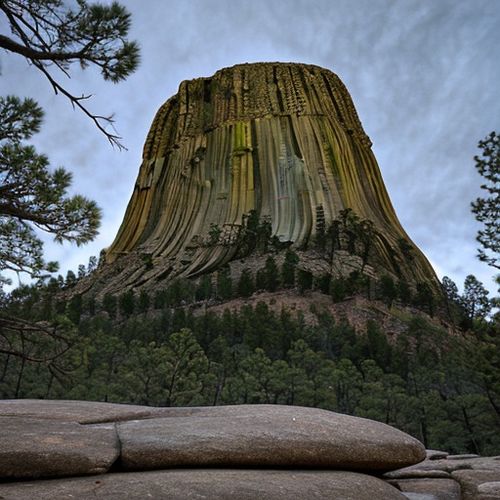
By Natalie Campbell/Apr 27, 2025
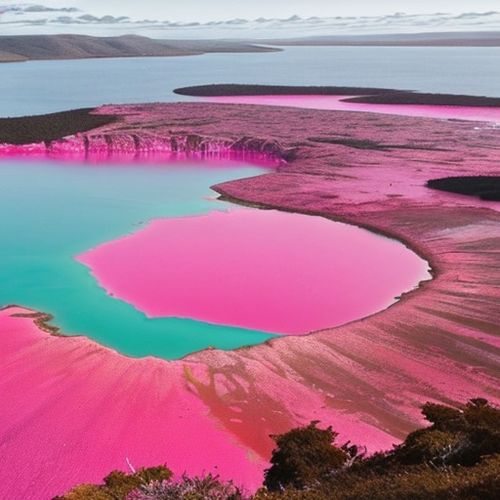
By Olivia Reed/Apr 27, 2025

By Noah Bell/Apr 27, 2025
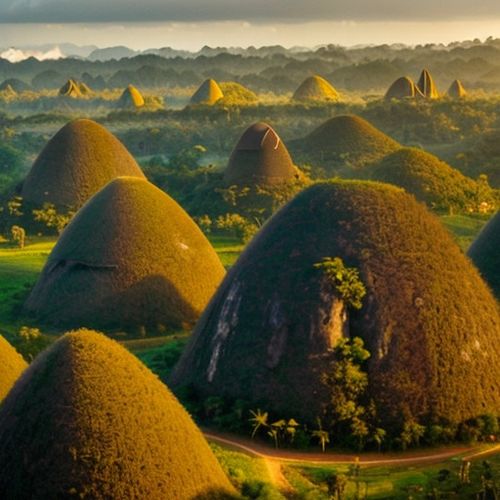
By Jessica Lee/Apr 27, 2025
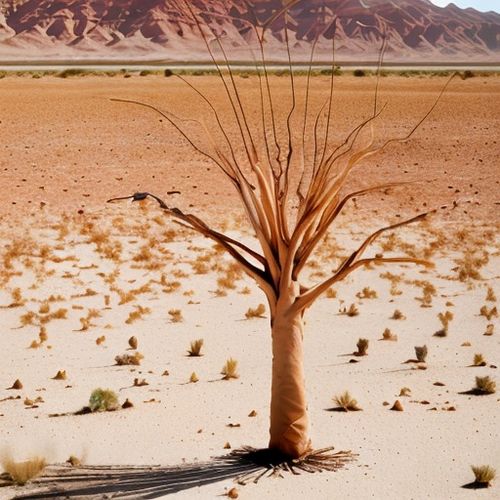
By Daniel Scott/Apr 27, 2025
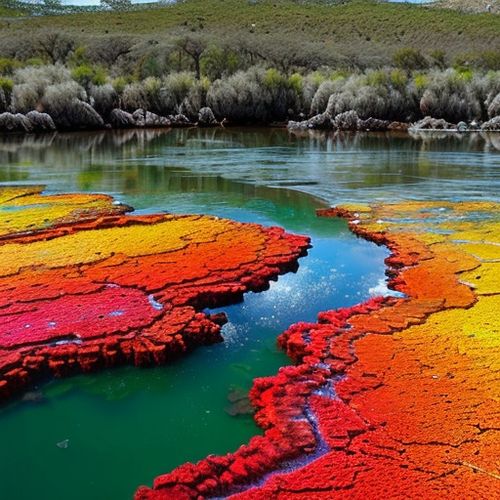
By Grace Cox/Apr 27, 2025

By Michael Brown/Apr 27, 2025

By Amanda Phillips/Apr 27, 2025
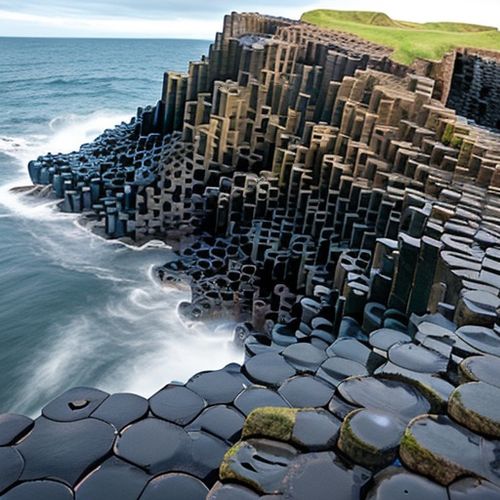
By Ryan Martin/Apr 27, 2025

By Victoria Gonzalez/Apr 27, 2025

By Natalie Campbell/Apr 27, 2025
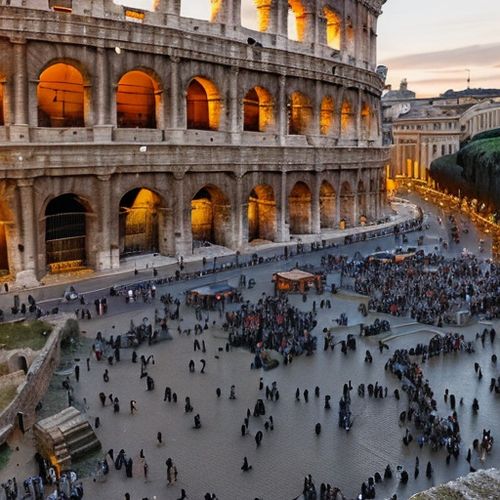
By Ryan Martin/Apr 11, 2025
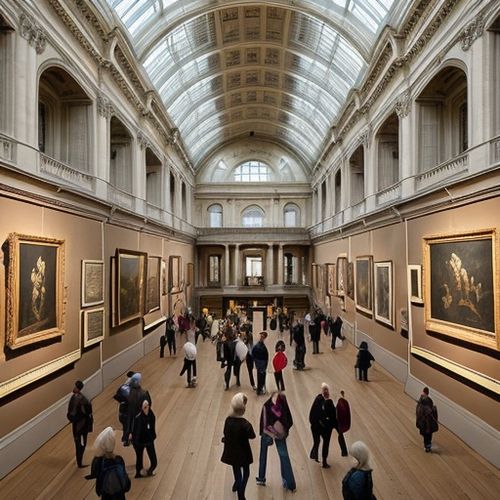
By Sophia Lewis/Apr 11, 2025

By David Anderson/Apr 11, 2025

By Rebecca Stewart/Apr 11, 2025

By Thomas Roberts/Apr 11, 2025
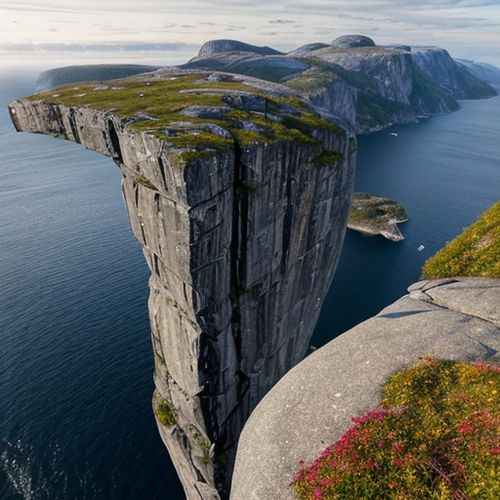
By Thomas Roberts/Apr 11, 2025

By Elizabeth Taylor/Apr 11, 2025

By Thomas Roberts/Apr 11, 2025
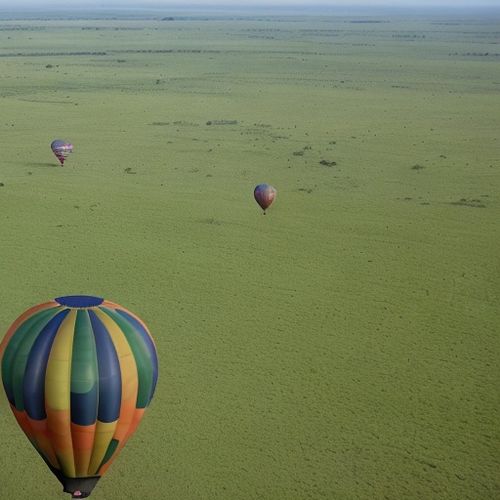
By Eric Ward/Apr 11, 2025